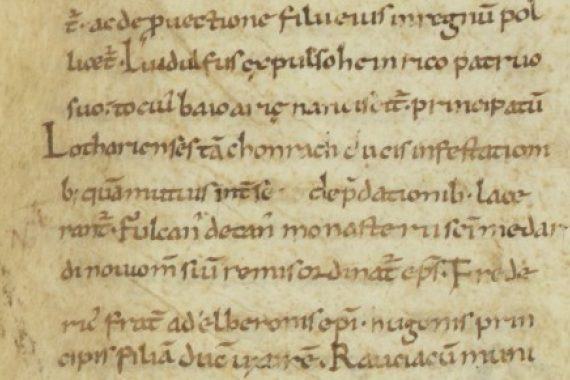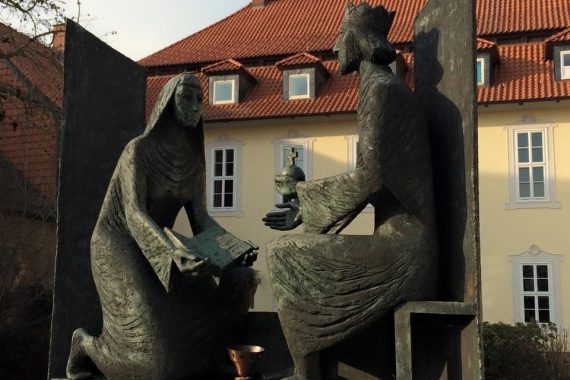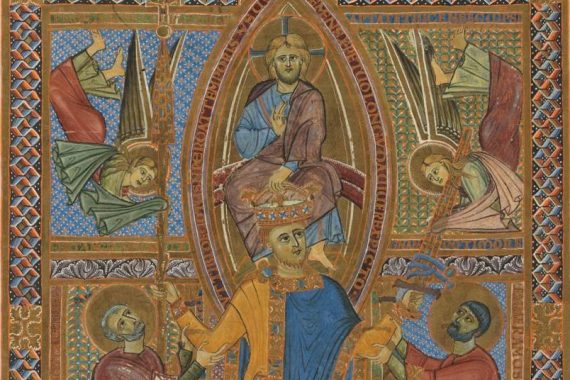Who made it an ‘age of iron’? Flodoard of Rheims and his ‘Annals’
One of the most interesting things about studying the tenth century is the great variety and originality of its written sources. While the period’s image problem has long roots in the perceived dearth of available evidence, surviving tenth-century texts often seem to defy typologies and literary models, which are often drawn from other, better-studied eras.…




